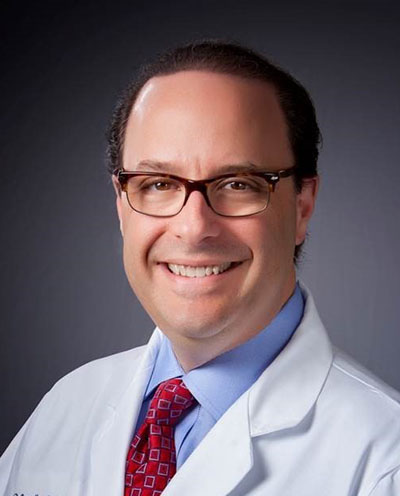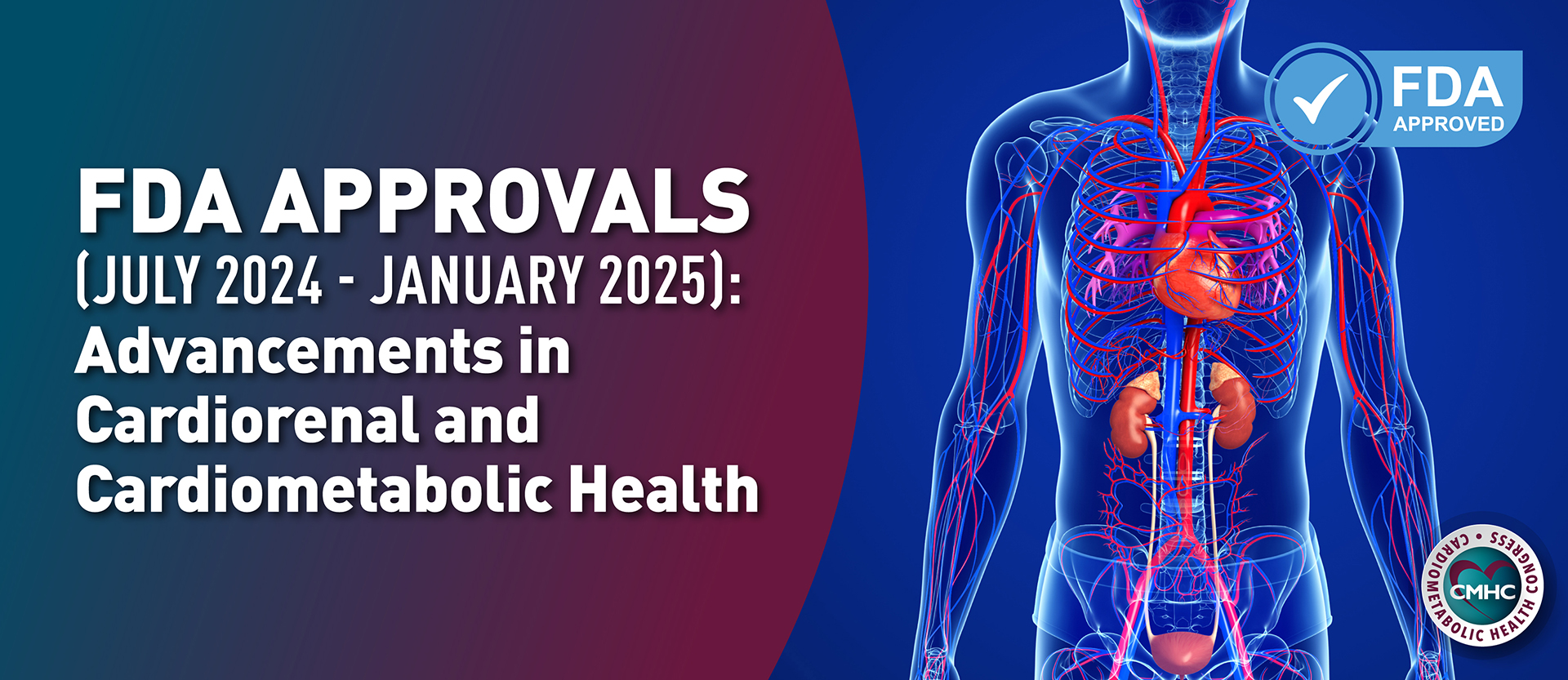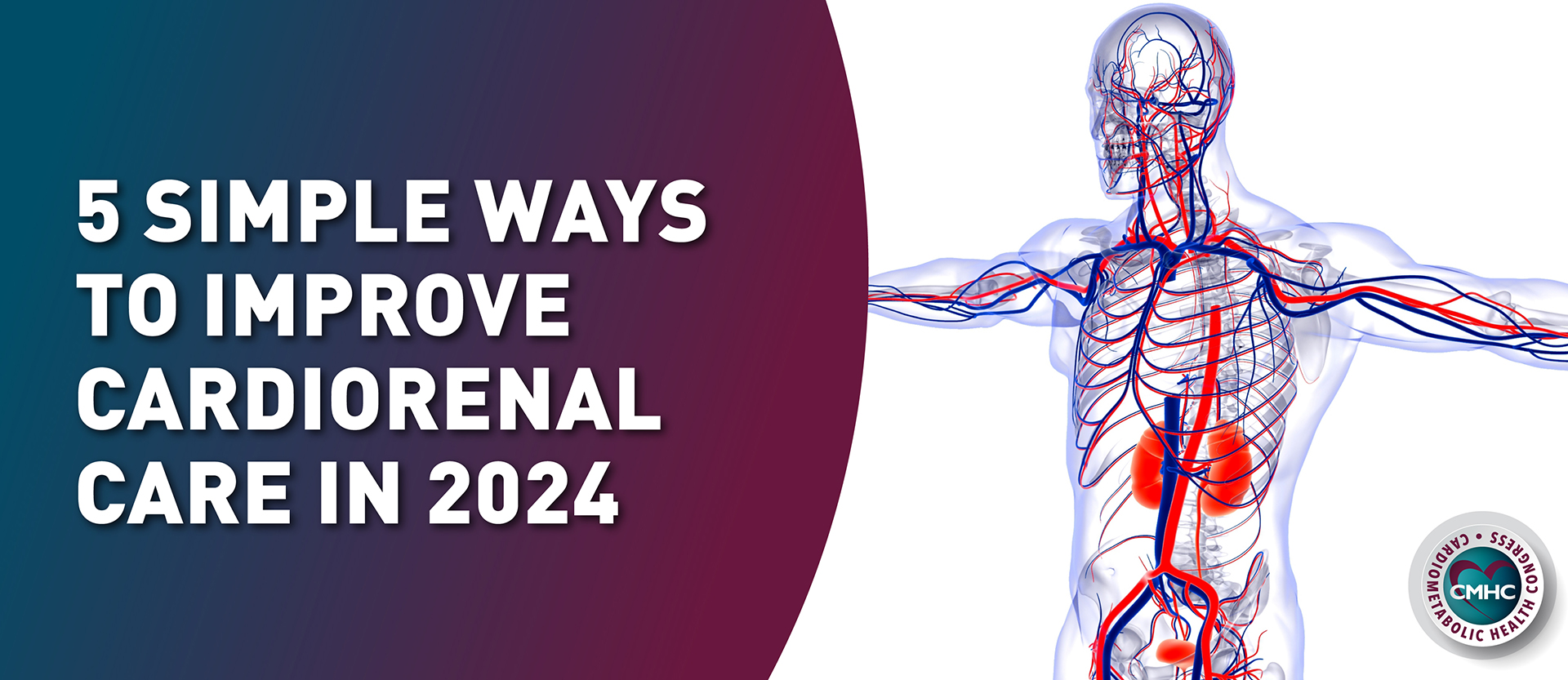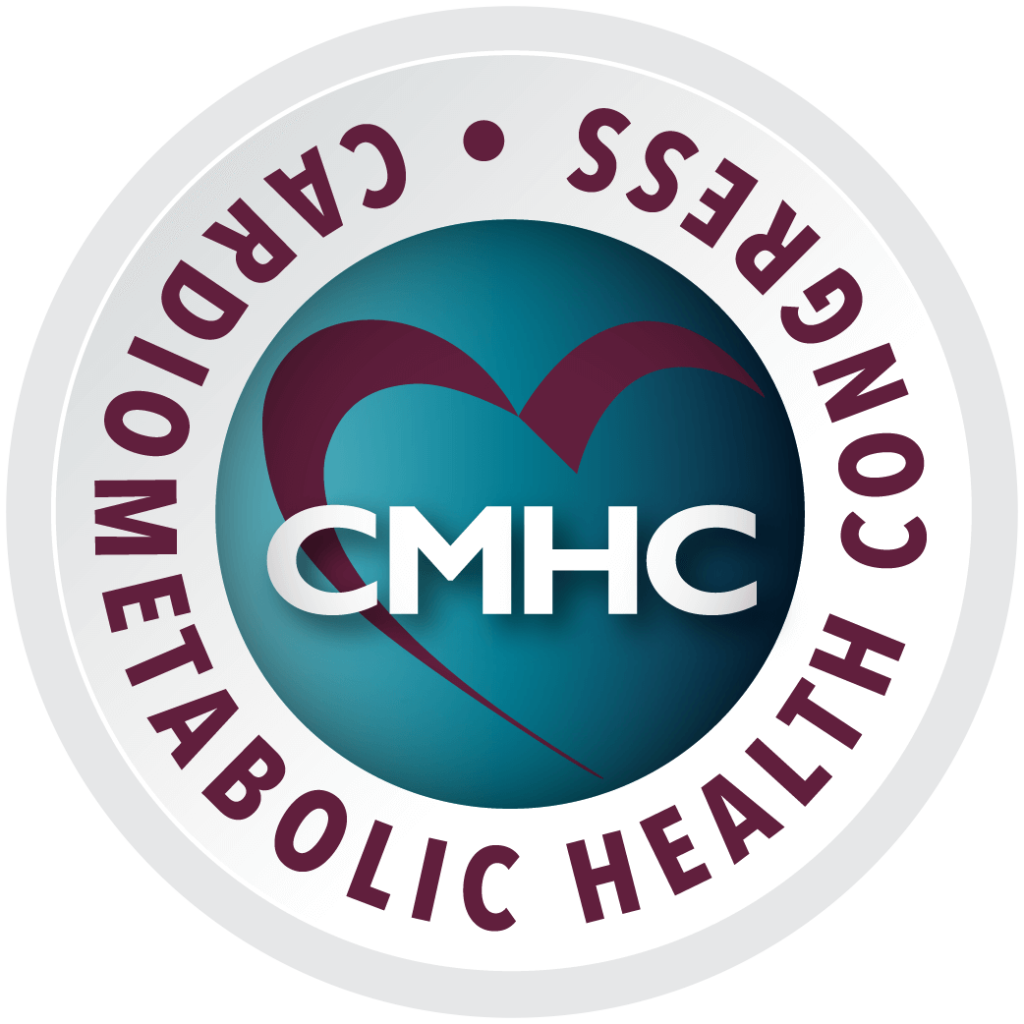In honor of World Sleep Day 2023, we sat down with Cardiometabolic Health Congress (CMHC) faculty member Lee A. Surkin, MD, founder of the American Academy of Cardiovascular Sleep Medicine, to learn more about the interaction between sleep and cardiovascular health. As a sleep specialist, cardiovascular expert and obesity medicine scientist, Dr. Surkin has a valuable perspective on how sleep disorders such as narcolepsy uniquely affect cardiovascular and metabolic health.

Lee A. Surkin, MD
Dr. Surkin has practiced preventative and well-care medicine since 1997. His clinical focus is on safely promoting weight loss, maintaining post-bariatric surgery weight loss, and incorporating sleep medicine into standard cardiovascular care. He advocates home sleep testing to properly identify and treat patients with sleep-disordered breathing.
In patients with disordered sleep who present with comorbidities contributing to increased cardiovascular risk, how do clinicians determine a treatment strategy to address both conditions?
Dr. Surkin: This is a very challenging question since clinicians tend to depend on collaboration with other specialists. In general, identifying modifiable risk factors that contribute to adverse long-term outcomes is critically important. Board-certified sleep physicians are obviously trained to take a holistic approach and so far as arriving at the best treatment strategy to mitigate long-term cardiovascular risk.
What are some key strategies for the management of multimorbidity in patients with narcolepsy?
Dr. Surkin: Management of patients with narcolepsy is quite challenging based on a number of different variables including, but not limited to, drug side effects, third-party payer approval, and ultimately efficacy. The key strategy involves selecting the most efficacious and well-tolerated treatment that will have the lowest risk of exacerbating comorbidities.
We know smoking cessation can improve cardiovascular outcomes, but how does nicotine affect patients with disordered sleep?
Dr. Surkin: It is well known that nicotine is a stimulant that directly interacts with sleep. It is addictive and withdrawal symptoms can lead to restlessness throughout the day and night. Problems with insomnia, both sleep onset and sleep maintenance are common and individuals tend to awaken feeling unrefreshed due to poor-quality sleep. Nicotine can also have a negative effect on circadian rhythm and reduce deep-sleep stages, resulting in a disproportionate increase in light sleep. Individuals with sleep-disordered breathing at baseline have reduced sleep quality which would be exacerbated by nicotine due to some of the explanations above. In addition, chemicals from cigarettes can cause upper airway edema including nasal congestion leading to a greater likelihood of sleep-disordered breathing. Compared to nonsmokers this risk is increased by a factor of three.
Providers must possess a thorough understanding of all the therapeutic options and balance out the efficacy with side effects highlighting the importance of cardiovascular safety when implementing pharmacotherapy in patients with narcolepsy and cardiovascular risk.
- Dr. Surkin
What is sleep hygiene and how can optimal sleep hygiene improve cardiovascular risk?
Dr. Surkin: Sleep hygiene or good sleep habits are behavioral strategies that, when endorsed, can improve sleep quality. Some factors involved in sleep hygiene include making sure the bedroom is dark, quiet, and on the cooler side from a temperature standpoint. Ensure that the bed is comfortable and only used for sleep or sleep-related activities. Discontinuing the use of electronic devices can actually promote insomnia due to artificial light exposure’s negative impact on melatonin. Remain as consistent as possible with bedtime and wake-up time with a goal of 7-8 hours of total sleep time. Avoid large meals, alcohol, and caffeine within 4-6 hours of bedtime. Removing direct visualization of the time of day can be a source of stress when seen during the night. Visualize a calm and safe place when relaxing prior to sleep onset. Sleep hygiene would be expected to result in an improvement in cardiovascular risk simply by improving sleep quality.
How does your unique background in sleep science, cardiovascular health, bariatric medicine, and nutrition inform your role as a clinician?
Dr. Surkin: My background allows me to evaluate and manage multiple different aspects of patient care from a sleep, cardiovascular, and obesity standpoint. Each patient that I see, whether they have been referred for a cardiac evaluation, sleep evaluation, or obesity evaluation is likely to have overlap in the other two areas. So, all patients are screened for multiple disorders that fall in my management purview. This results in a greater degree of efficiency in care, patient satisfaction, and outcomes.
Tell our readers how and why you founded The American Academy of Cardiovascular Sleep Medicine.
Dr. Surkin: The American Academy of Cardiovascular Sleep Medicine (AACSM) was founded almost 10 years ago as a nonprofit academic resource for education. The focus is on the convergence of cardiovascular disorders and sleep disorders or what is now more commonly known as cardio-sleep medicine. As a cardiologist and sleep physician, I always sought out educational opportunities within the primary academic cardiology and sleep medicine organizations and yearned for more information involving both. The primary role of AACSM was and continues to fill that void. With the recent American Heart Association’s addition of sleep to now comprise Life’s Essential 8, has given significant and warranted exposure to the importance of sleep in cardiovascular prevention and even treatment. The AACSM offers many educational opportunities to members as well as monthly life programming with educational credits available and is supported by many forward-thinking organizations and members.
How do you measure optimal health in a patient with narcolepsy and cardiovascular disease?
Dr. Surkin: Optimal health is a challenging metric that certainly does not have a single objective measurement. In managing a patient with narcolepsy and cardiovascular disease, a patient’s health encompasses both objective and subjective features. From an objective standpoint, optimal management of narcolepsy and any other associated sleep disorders along with addressing secondary prevention from a cardiovascular standpoint are critical aspects of care. Subjective features such as what is evaluated at every encounter in a patient’s history are also always taken into consideration in the overall management of the patient.
If a patient with a sleep disorder tells you they follow a proper diet, exercise regularly, and employ healthy sleep hygiene, is it time to move to traditional medical treatment or are there other lifestyle interventions you’d recommend first?
Dr. Surkin: I always address multiple aspects of care at every patient encounter. This includes, but is not limited to, lifestyle interventions and traditional medical treatment. When treating a patient with cardiovascular disease and a sleep disorder, both usually occur simultaneously, and one is not mutually exclusive from the other.


